Unbolted in Fairfield (Update on the 2022 Bell 407 GXP Crash)
Fear of Landing
APRIL 19, 2024
At approximately 30-40 feet agl, the spinning stopped and the helicopter appeared to stabilize for a brief moment before continuing a nose-low, forward descent into the grass north of Runway 28. Feather the blades to generate lift from the upward flow of air during the descent (instead of pushing the air downwards in powered flight).

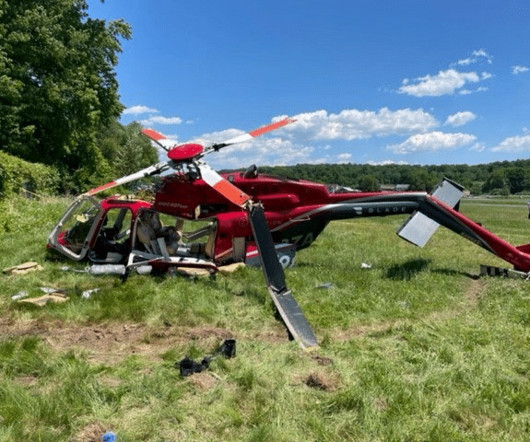

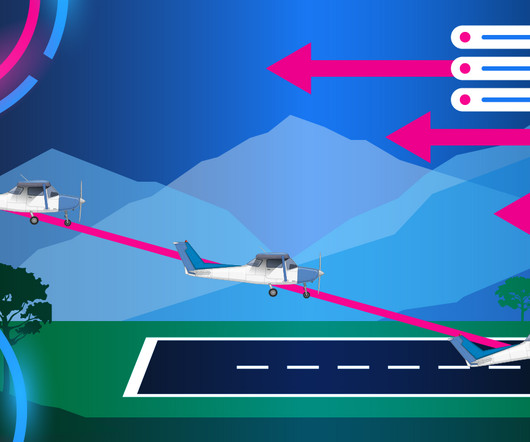
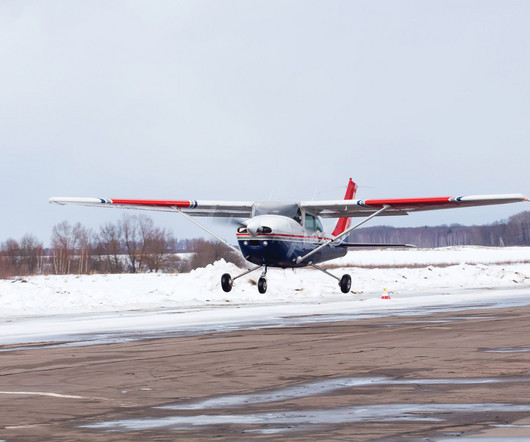
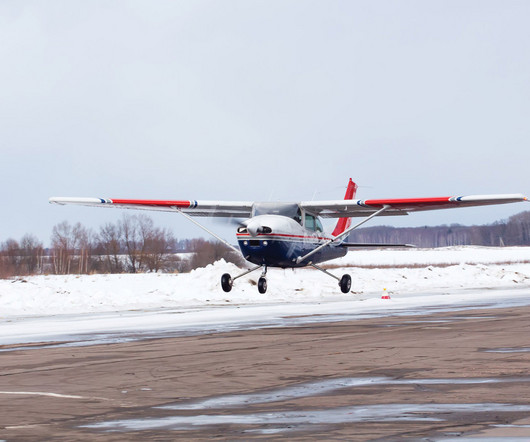
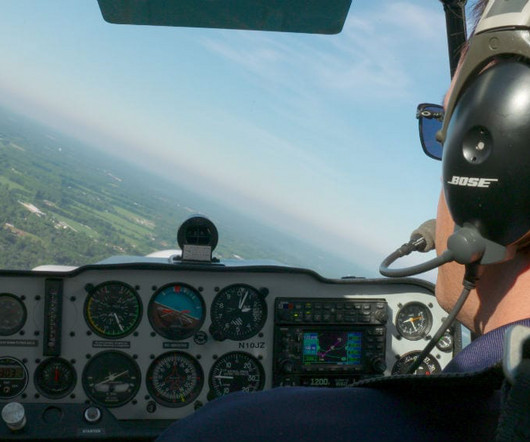
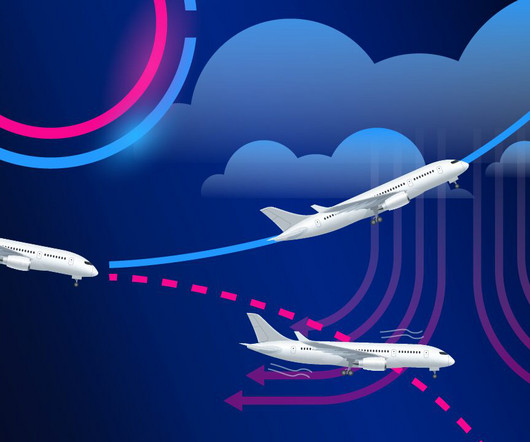
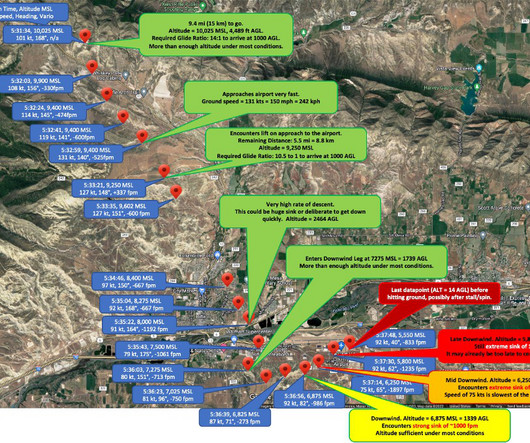







Let's personalize your content